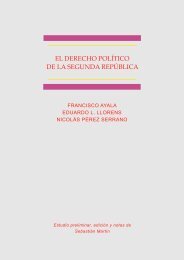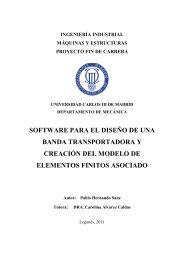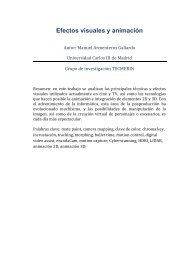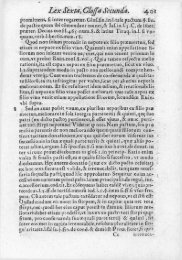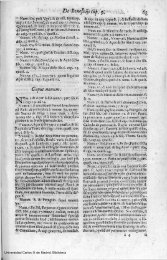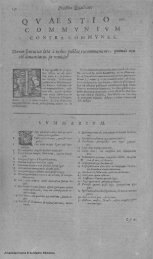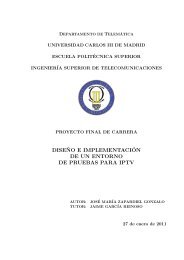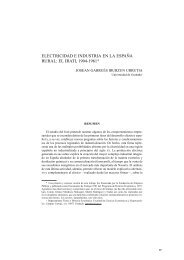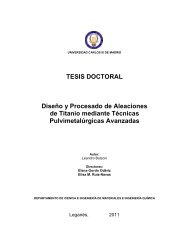Land tenure inequality, harvests, and rural conflict ... - e-Archivo
Land tenure inequality, harvests, and rural conflict ... - e-Archivo
Land tenure inequality, harvests, and rural conflict ... - e-Archivo
You also want an ePaper? Increase the reach of your titles
YUMPU automatically turns print PDFs into web optimized ePapers that Google loves.
1. Introduction<br />
Historical narratives on the causes of the Spanish Civil War (1936-1939) root the<br />
causes of the war in the escalation of <strong>conflict</strong> <strong>and</strong> violence that marked the Second<br />
Republic (1931-1936). One of the motivations of the l<strong>and</strong> reform law of 1932 was<br />
mitigating the potential revolutionary threat of l<strong>and</strong>less laborers. In European history,<br />
<strong>rural</strong> unrest or open peasant rebellion have been linked to revolution <strong>and</strong> civil war,<br />
especially when peasant mobilization revolves around the issue of l<strong>and</strong> ownership<br />
(Skocpol, 1979: 112; Moore, 1967; Acemoglu <strong>and</strong> Robinson, 2005). Hegemonic<br />
accounts of political transitions have considered democratic <strong>and</strong> popular threats to<br />
l<strong>and</strong>owning elites as the main cause of authoritarian reaction <strong>and</strong> democratic<br />
breakdown in interwar Europe (Gerschenkron, 1943; Luebbert, 1991).<br />
During the Second Republic, Spain witnessed one of the fastest processes of<br />
peasant mobilization in interwar Europe. In 1931-1932, peasants represented between<br />
a third <strong>and</strong> a half of the booming membership of the anarcho-syndicalist National<br />
Confederation of Labor (henceforth, CNT) <strong>and</strong> the socialist General Workers’ Union<br />
(henceforth, UGT) from near zero membership levels in the late 1920s. In addition,<br />
striker rates in 1933 peaked to one of the highest levels in interwar Europe, with <strong>rural</strong><br />
workers representing about a third of strikers. The whole period is infamous by the<br />
unprecedented levels of violence, with anarchist <strong>rural</strong> riots in 1931, 1932, or 1933,<br />
episodes of l<strong>and</strong> seizures in 1933 <strong>and</strong> 1936 <strong>and</strong> tragic clashes between rebels <strong>and</strong> the<br />
police. As the most prominent historian of agrain <strong>conflict</strong> in 1930s Spain pithily put<br />
it, there was “latent <strong>and</strong> spontaneous Civil War in the countryside” during the 2 nd<br />
Republic (Malefakis, 1970: 306).<br />
2



